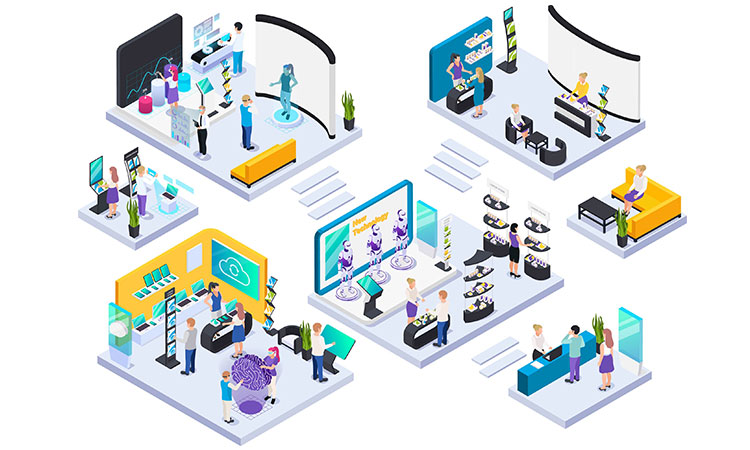Overall, designing a virtual exhibition is a great way to showcase your work and connect with your audience. By following these tips, you can create an engaging and interactive exhibition that will leave a lasting impression on your visitors.
Virtual exhibition platforms like ibentos offer world-class immersive experiences using live-streaming, interactive quizzes, product demonstrations, virtual trade shows, virtual reality games, product launch parties, and virtual product tours, you can create a successful virtual exhibition experience for your audience. Remember to take your time, plan carefully, and make use of multimedia, interactive elements, and immersive design to make your virtual exhibition stand out.

